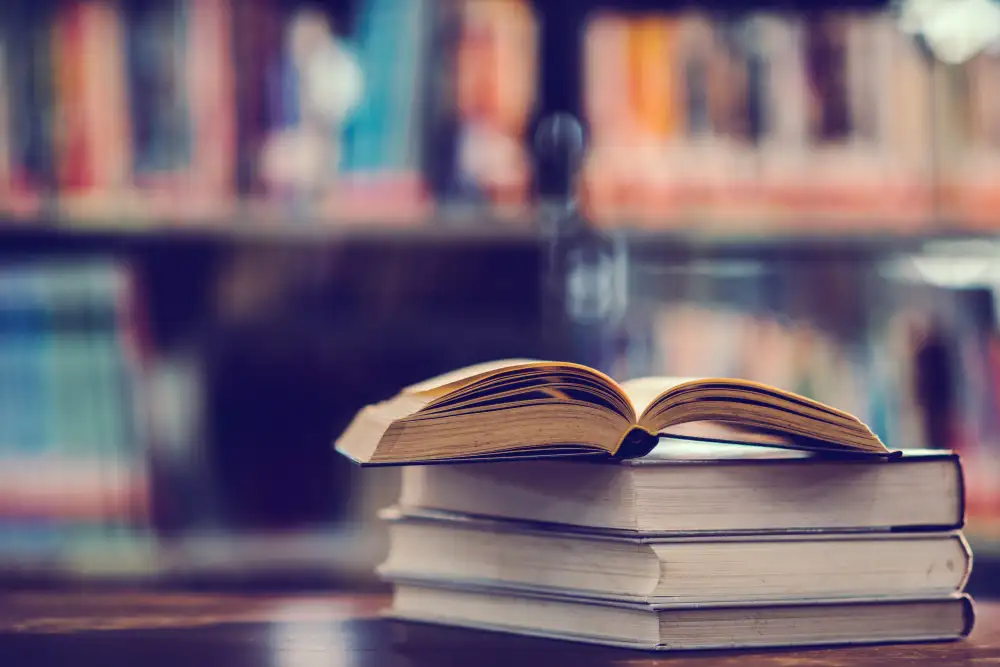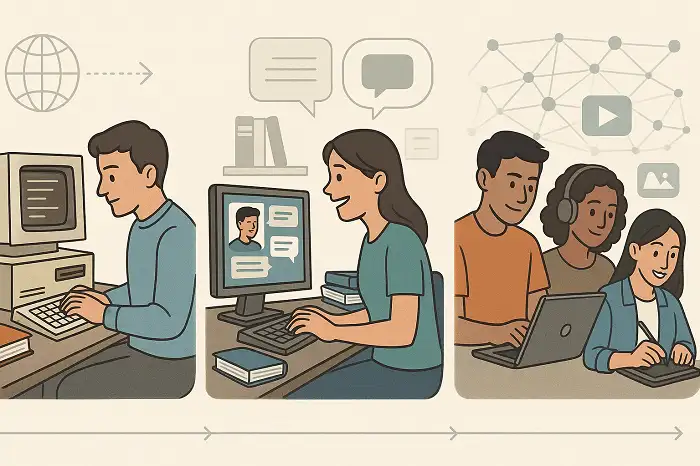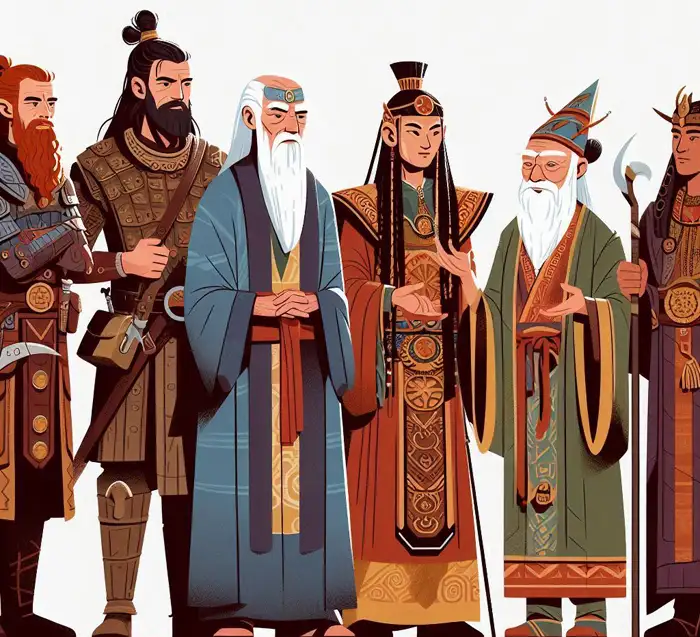History of Books IELTS Listening Reading Practice History of Books IELTS Listening Reading Practice Lecturer, author or publisher: Julie Dreyfuss on TED-Ed History of Books IELTS Reading Practice https://www.youtube.com/watch?v=_YqYtdPUis4 What is a book? What makes a book a book? Is it just anything that stores and communicates information? Or does it have to do with paper, binding, font, ink, its weight in your hands, the smell of the pages? Is this a book? Probably not. But is this? To answer these questions, we need to go back to the start of the book, as we know it, and understand how these elements came together ...
Home » Listening Practice in English » History of Books IELTS Listening Reading Practice

History of Books IELTS Listening Reading Practice
Updated: by Dr. Mohammad Hossein Hariri Asl
Time to Read: 5 minutes | 446 Views | 8 Comments on History of Books IELTS Listening Reading Practice
Share This Post
About the Author
Dr. Mohammad Hossein Hariri Asl is an English and Persian instructor, educator, researcher, inventor, published author, blogger, SEO expert, website developer, entrepreneur, and the creator of LELB Society. He's got a PhD in TEFL (Teaching English as a Foreign Language).
Number of Posts: 4235



It is always interesting for me to know the history of the everyday objects that I use in my daily life. Books have always fascinated me; for example, while reading novels, you get to know other people’s thoughts and perspectives. Moreover, I prefer e-books for many reasons. They are economically beneficial and helpful for the environment. However, reading and holding physical books is a completely different experience.
I also predict that in two or more centuries from now, our descendants will be studying the history of e-books.
2. What was ink originally made from?
What is the difference between “being made from” and “being made of”?
1. What was the problem of flat spines?
Thank you for making a questions about this post on the history of books.
It’s really interesting that books have history. I really don’t like books that much but I know that they are really popular. And I thought that Europe is the first one that made the books.And im really confused that how did they made ink?
I, too, learned a lot about books and how they came into view in this documentary and its script.